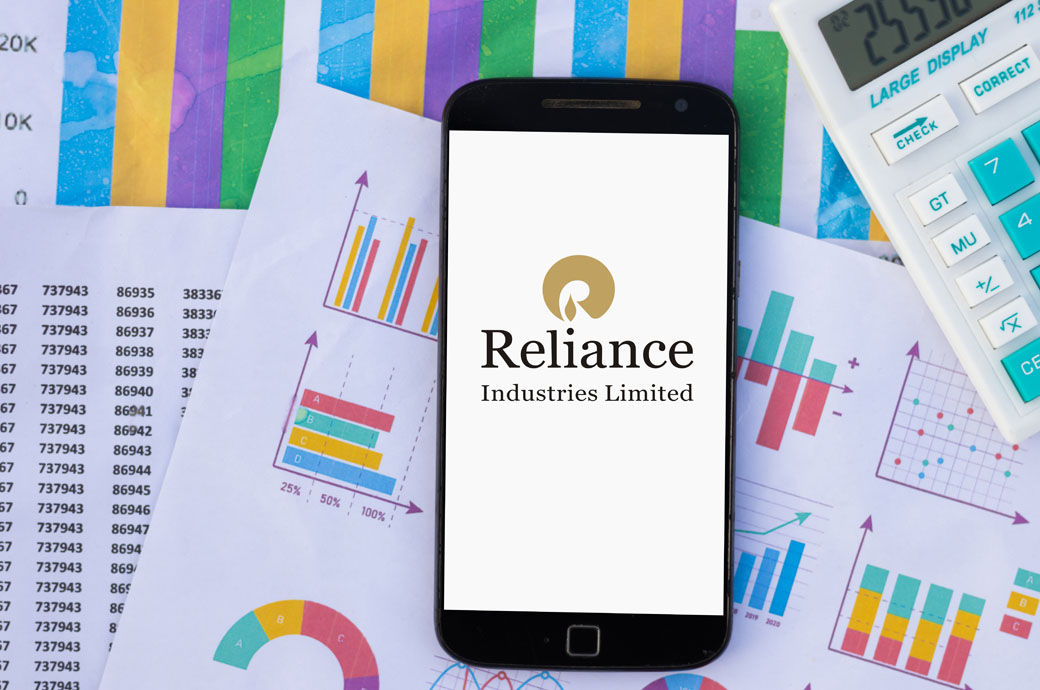
Consolidated profit after tax (PAT) for RIL stood at ₹19,323 crore (~$2.3 billion), reflecting a decline year-on-year. This was partly due to higher finance costs, which increased by 5 per cent year-on-year, and an uptick in depreciation. However, tax expenses for the quarter decreased, providing some relief, the company said in its financial statement.
Commenting on the results, Mukesh D Ambani, chairman and managing director, Reliance Industries Limited, said: “I am happy to note that during this quarter Reliance once again demonstrated the resilience of its diversified business portfolio. Our performance reflects robust growth in Digital Services and Upstream business.
Reliance Retail Ventures Limited (RRVL) reported quarterly revenue of ₹76,302 crore (~$9.08 billion), down by 1.1 per cent compared to the previous year, as weak demand in the Fashion and Lifestyle (F&L) segment impacted growth. Nevertheless, RRVL’s EBITDA grew by 0.3 per cent year-on-year to ₹5,850 crore. The company continued its aggressive expansion strategy, adding 464 new stores in Q2 FY25, bringing its total store count to 18,946.
Reliance Retail also recorded an increase in store footfalls, which grew by 14 per cent year-on-year to 297 million. Digital and New Commerce channels contributed 17 per cent of total revenue, highlighting the company's focus on scaling up its online and omnichannel presence. During the quarter, Reliance Retail entered into exclusive partnerships and launched international brands like ASOS in India, further strengthening its market position.
Isha M Ambani, executive director, Reliance Retail Ventures Limited, said “Reliance Retail continues to make investments in technology and infrastructure to build a strong foundation for future growth and maintain market leadership. We continue to strengthen our customer proposition with innovative products that spans everyday essentials to premium offerings. By continuously enhancing our assortment and innovating across categories, we are creating a shopping experience that meets the evolving needs of our customers and reinforces our leadership in the retail space.”
“The retail segment continues to increase its consumer touchpoints and product offerings across physical and digital channels. The unique omni-channel retail model enables the business to service a wide range of requirements of a vast, heterogenous customer base. The retail business continues to partner with renowned domestic as well as global players, expanding its basket of quality product offerings. The focus on strengthening our retail operations will help us rapidly scale-up this business in the coming quarters and years and sustain our industry-leading growth momentum,” Mukesh D Ambani added.
The polyester chain delta declined by 9 per cent year-on-year due to firm Naphtha prices and a slow recovery in downstream demand. Polyester chain margins stood at $475 per metric tonne (MT) during Q2 FY25, compared to $524 per MT in the same period last year. PX margins over Naphtha saw a significant decrease of 37 per cent year-on-year, driven by an increase in PX supplies and sustained high Naphtha prices. Meanwhile, monoethylene glycol (MEG) margins improved from a low base due to a decline in China’s port inventory, the statement added.
On a year-on-year basis, domestic polyester demand decreased by 7 per cent, with polyethylene terephthalate (PET) demand down 10 per cent, mainly due to lower demand from the beverage sector amid an extended monsoon. Polyester staple fibre (PSF) and polyester filament yarn (PFY) also recorded declines of 9 per cent and 5 per cent respectively, owing to low activity in the fabrics market.
Fibre2Fashion News Desk (KD)